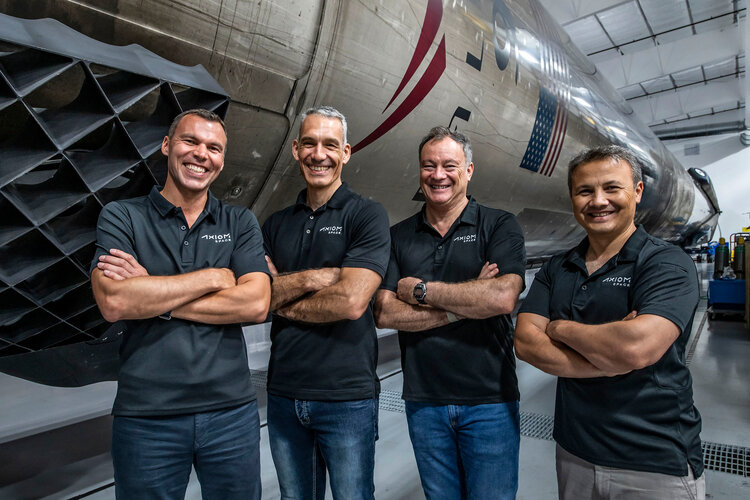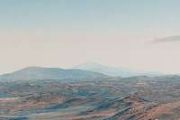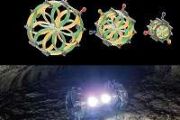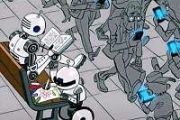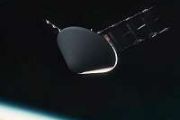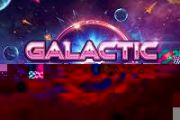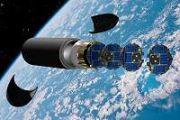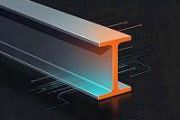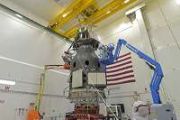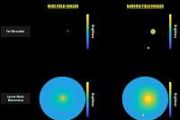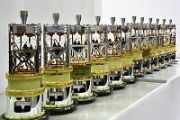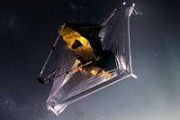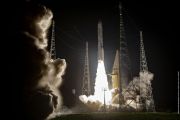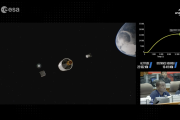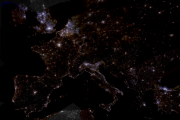
Copernical Team
Rocket Lab Sets Launch Date for iQPS's 'The Moon God Awakens' Mission
 In a significant development in the realm of space launches and Earth observation, Rocket Lab USA, Inc. (NASDAQ: RKLB), a global leader in launch services, is gearing up for its 42nd Electron mission. Scheduled no earlier than December 15, 2023, between 17:00 - 19:00, the mission, aptly named "The Moon God Awakens," is set to lift off from Pad B at Rocket Lab's Launch Complex 1 in New Zealand. T
In a significant development in the realm of space launches and Earth observation, Rocket Lab USA, Inc. (NASDAQ: RKLB), a global leader in launch services, is gearing up for its 42nd Electron mission. Scheduled no earlier than December 15, 2023, between 17:00 - 19:00, the mission, aptly named "The Moon God Awakens," is set to lift off from Pad B at Rocket Lab's Launch Complex 1 in New Zealand. T NASA's Space Station Laser Comm Terminal Achieves First Link
 A NASA technology experiment on the International Space Station completed its first laser link with an in-orbit laser relay system on Dec. 5, 2023. Together, they complete NASA's first two-way, end-to-end laser relay system.
NASA's LCRD (Laser Communications Relay Demonstration) and the new space station demonstration, ILLUMA-T (Integrated LCRD Low Earth Orbit User Modem and Amplifier Term
A NASA technology experiment on the International Space Station completed its first laser link with an in-orbit laser relay system on Dec. 5, 2023. Together, they complete NASA's first two-way, end-to-end laser relay system.
NASA's LCRD (Laser Communications Relay Demonstration) and the new space station demonstration, ILLUMA-T (Integrated LCRD Low Earth Orbit User Modem and Amplifier Term ESA announces two new directors
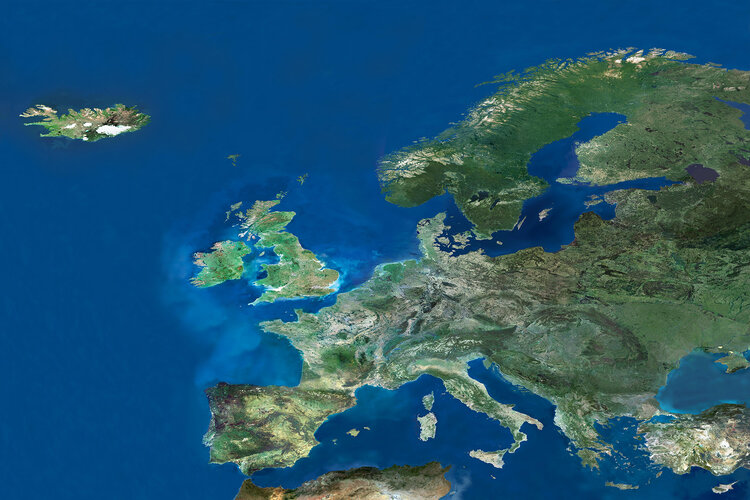
Two new senior staff have been appointed by ESA’s 22 Member States at today’s Council meeting. Laurent Jaffart will become the next Director of Connectivity and Secure Communications and Marco Ferrazzani will become the next Director of Internal Services.
ESA leads the way towards a Zero Debris future

Demonstrating connectivity’s latest technologies
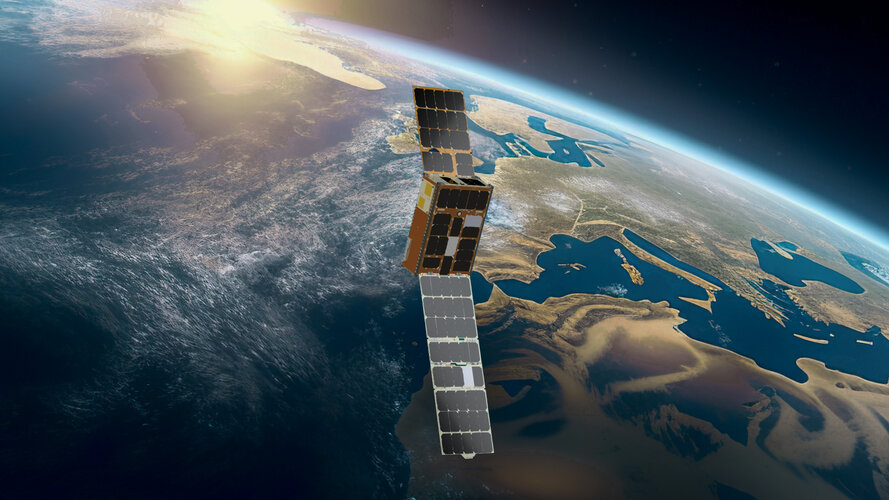
A satellite has been launched that will demonstrate the latest technologies for connectivity and for Earth observation. The ALISIO-1 satellite was developed under an ESA Pioneer Partnership Project with satellite manufacturer and operator Open Cosmos, based at Harwell in the UK.
Geminids meteor shower peaks this week under dark skies

Clean water for space and Earth

Access to clean water is essential for humans. ESA astronaut Andreas Mogensen is helping to understand how to do it efficiently and at larger scales by testing water filtration membranes on the International Space Station as part of his Huginn mission.
Webb identifies tiniest free-floating brown dwarf

Discovery helps answer the question: How small can you go when forming stars?
Brown dwarfs are sometimes called failed stars, since they form like stars through gravitational collapse, but never gain enough mass to ignite nuclear fusion. The smallest brown dwarfs can overlap in mass with giant planets. In a quest to find the smallest brown dwarf, astronomers using the NASA/ESA/CSA James Webb Space Telescope have found the new record-holder: an object weighing just three to four times the mass of Jupiter.
HyImpulse hybrid rocket motor test
 Video:
00:00:28
Video:
00:00:28
Testing the 75kN hybrid rocket motor made by HyImpulse at German Aerospace Center, DLR’s Lampoldshausen facility in Germany, based on a low-cost hybrid propulsion technology. The rocket motor uses "space-grade candle wax" and liquid oxygen as propellants.
HyImpulse Technologies, based in Neuenstadt am Kocher in Southern Germany is developing a three-stage small launcher. Their three-stage launch vehicle, called SL1, will also be powered by green hybrid propulsion technology, using liquid oxygen and paraffin as propellants. The lightweight rocket is designed to launch small satellites up to 500 kg out to low-Earth orbit.
HyImpulse technologies was one of the first

